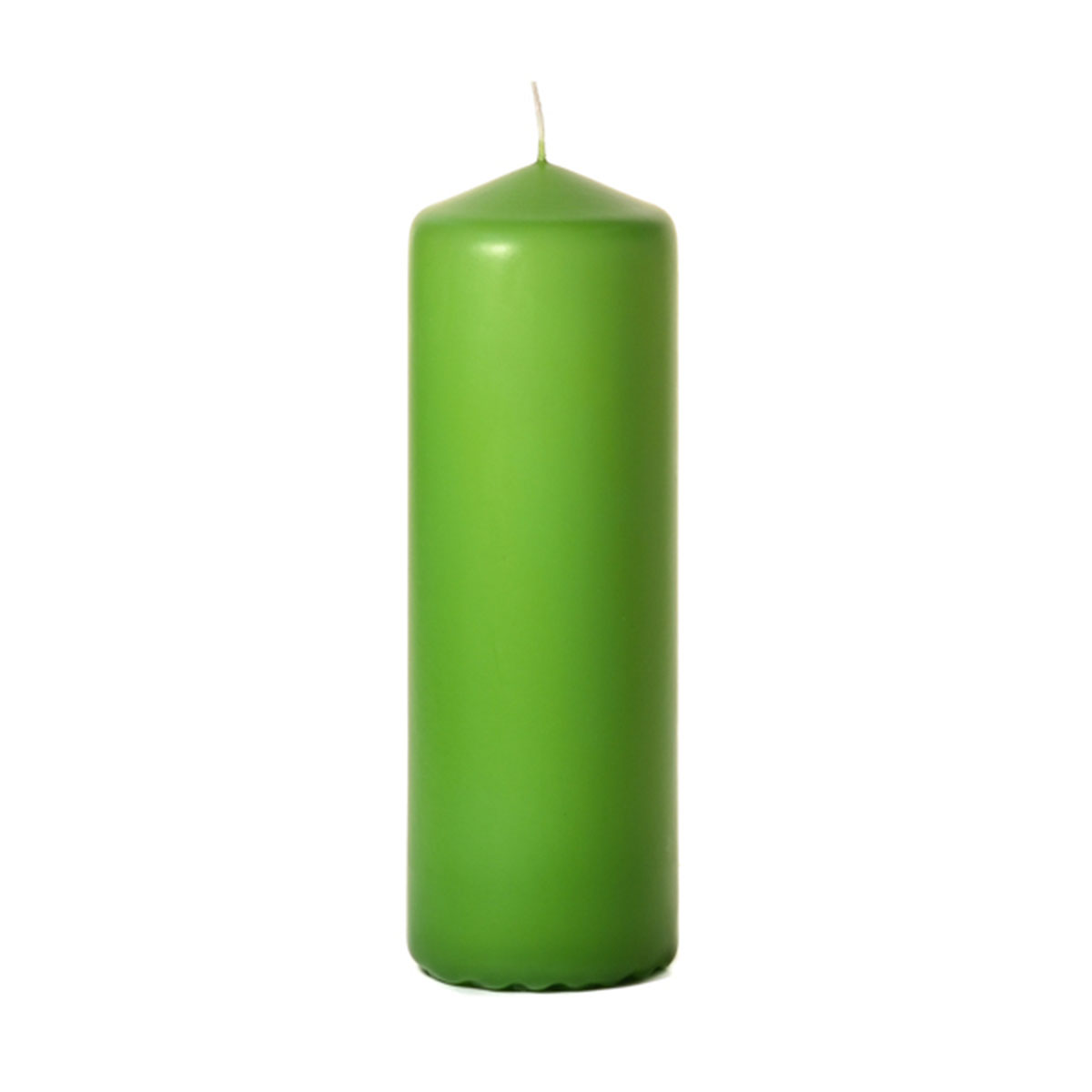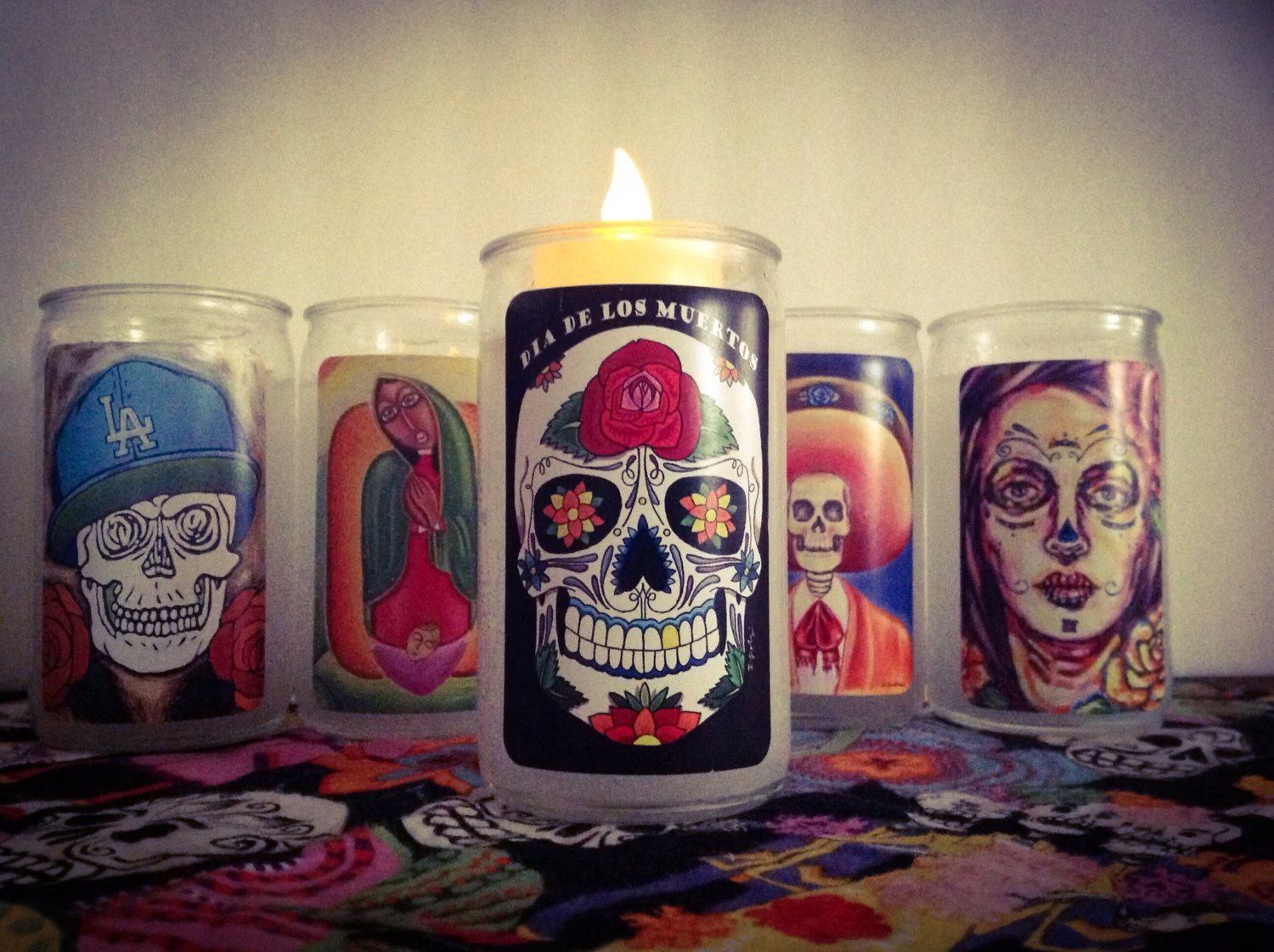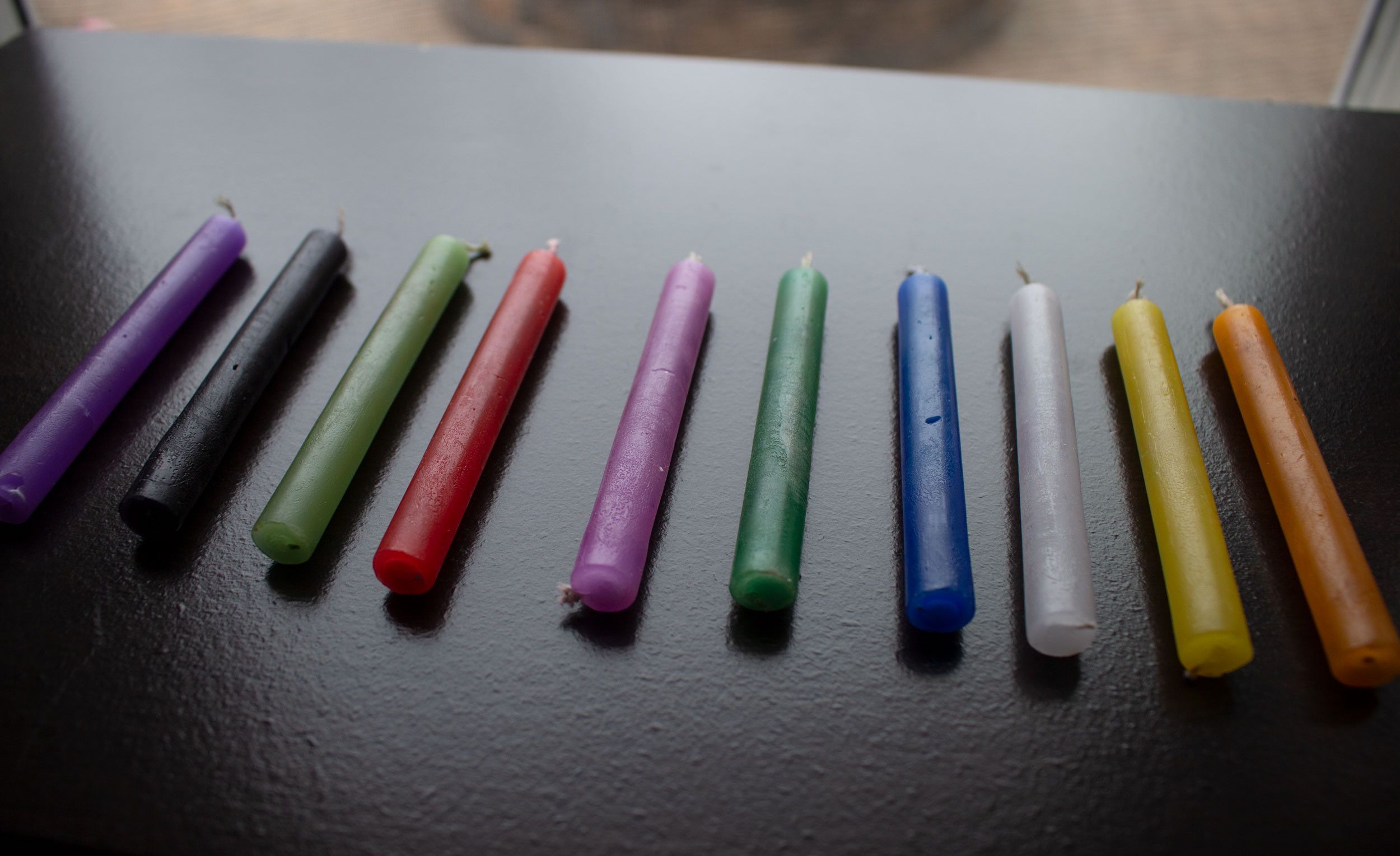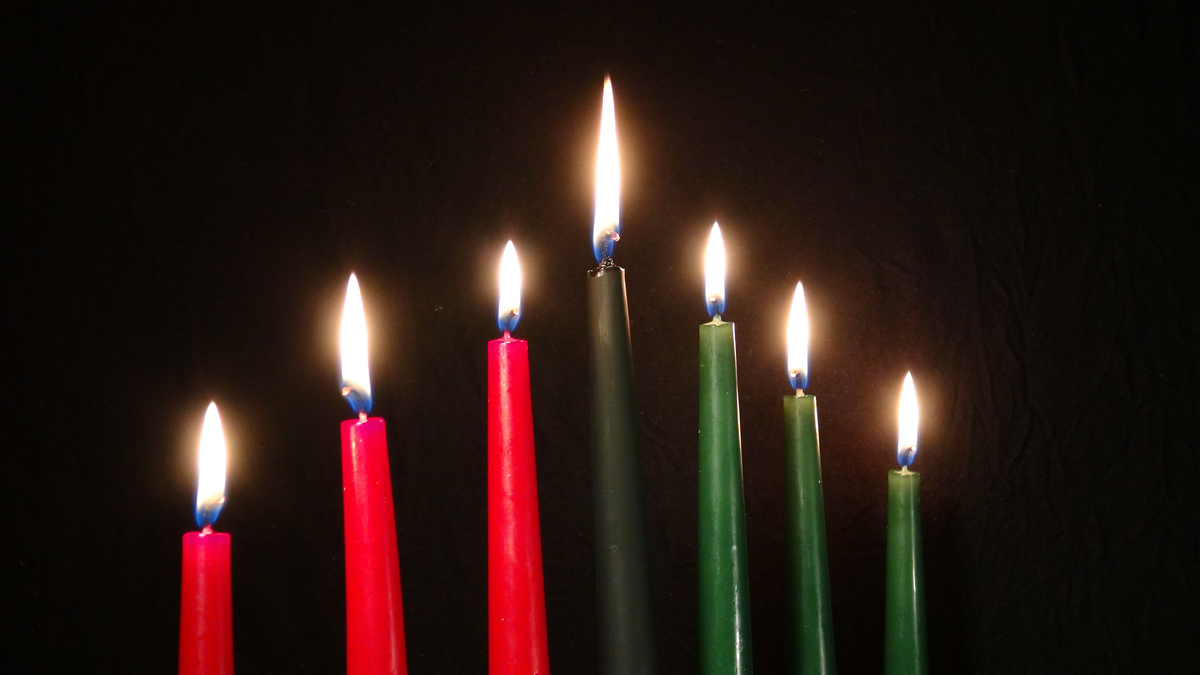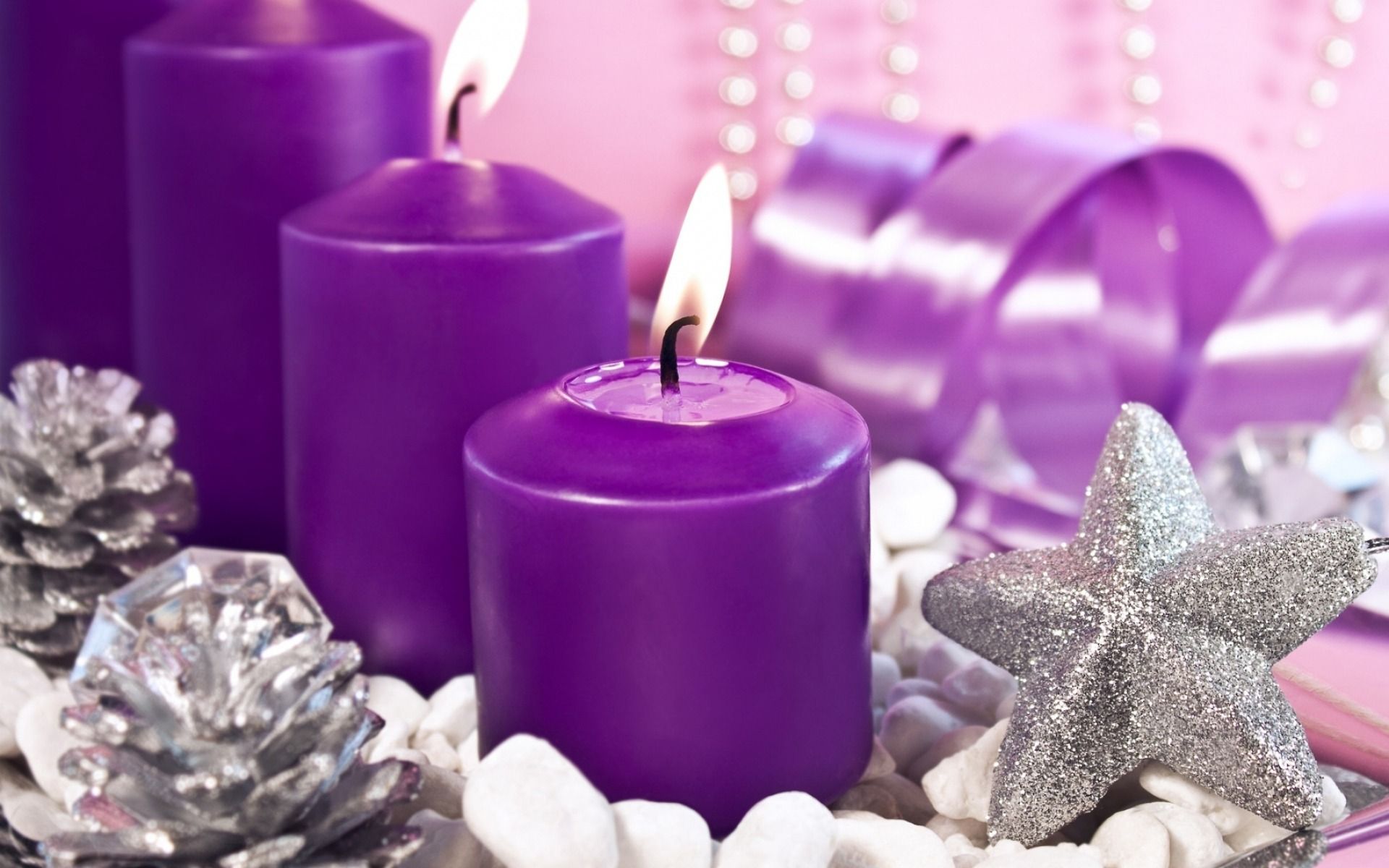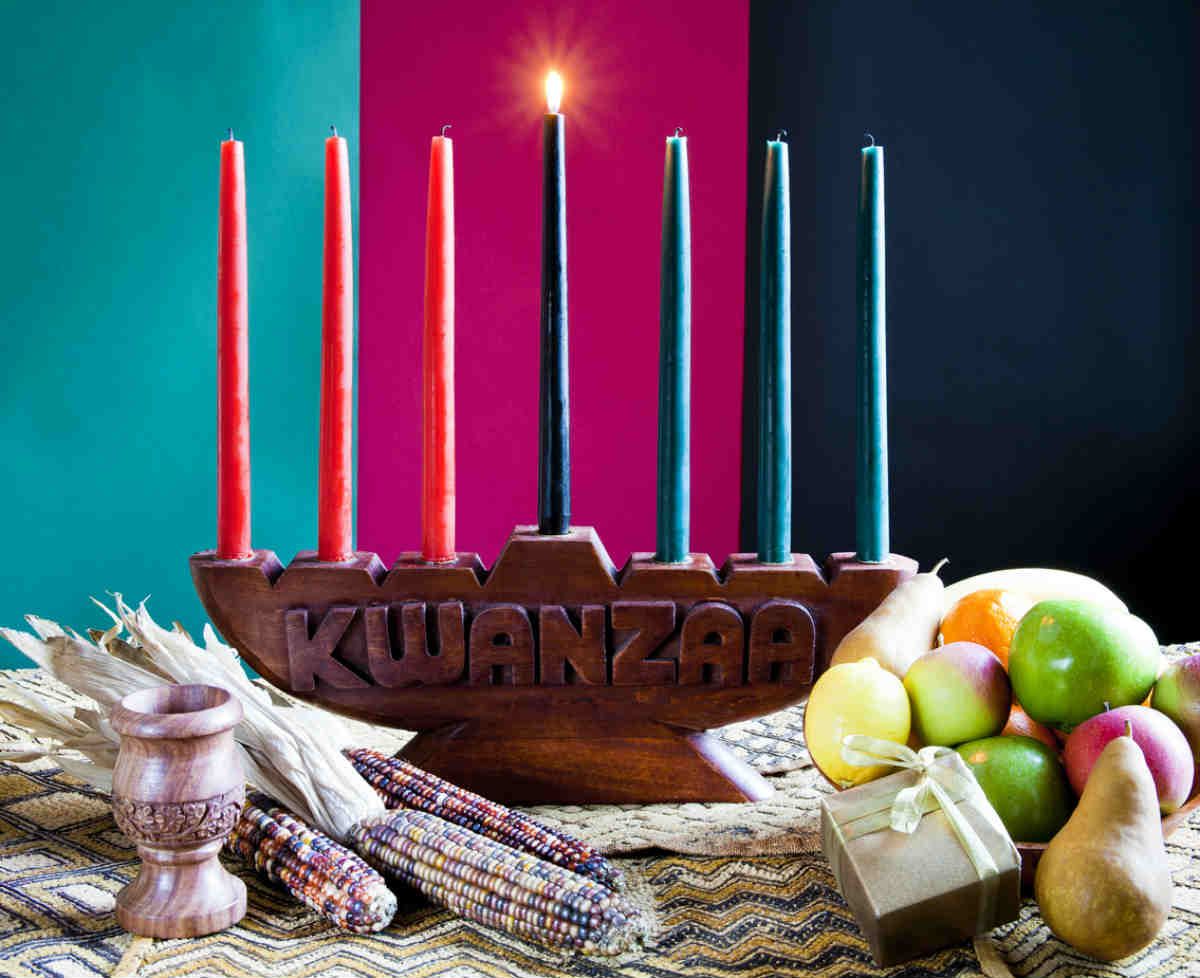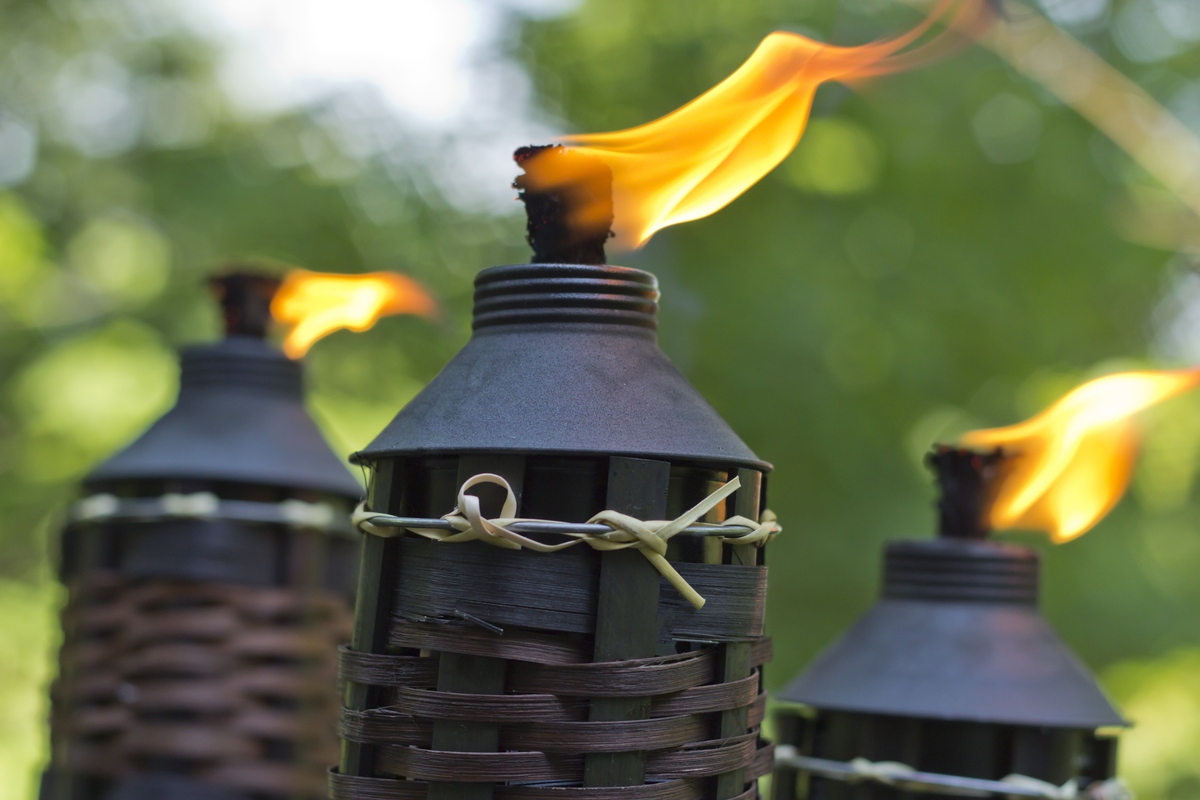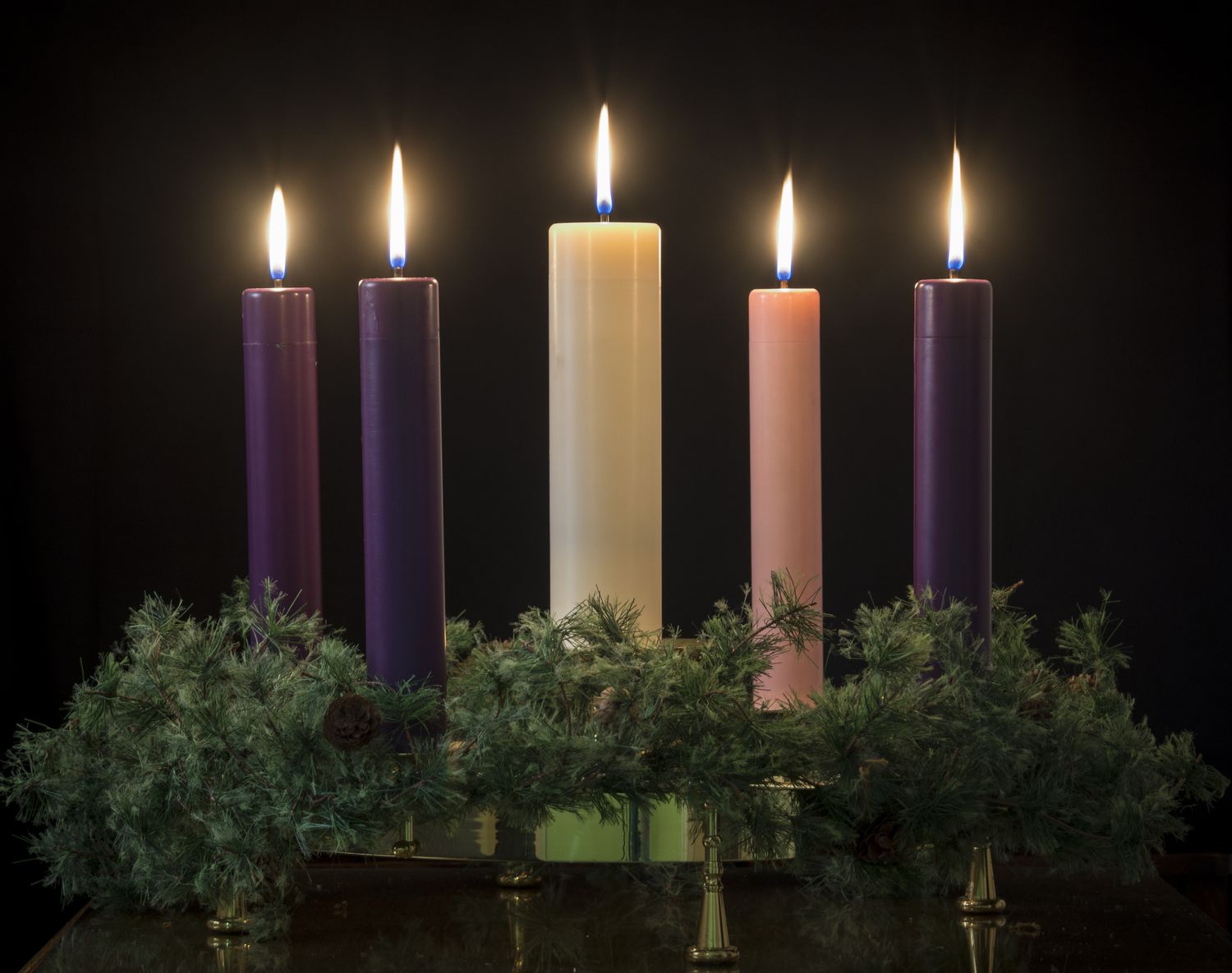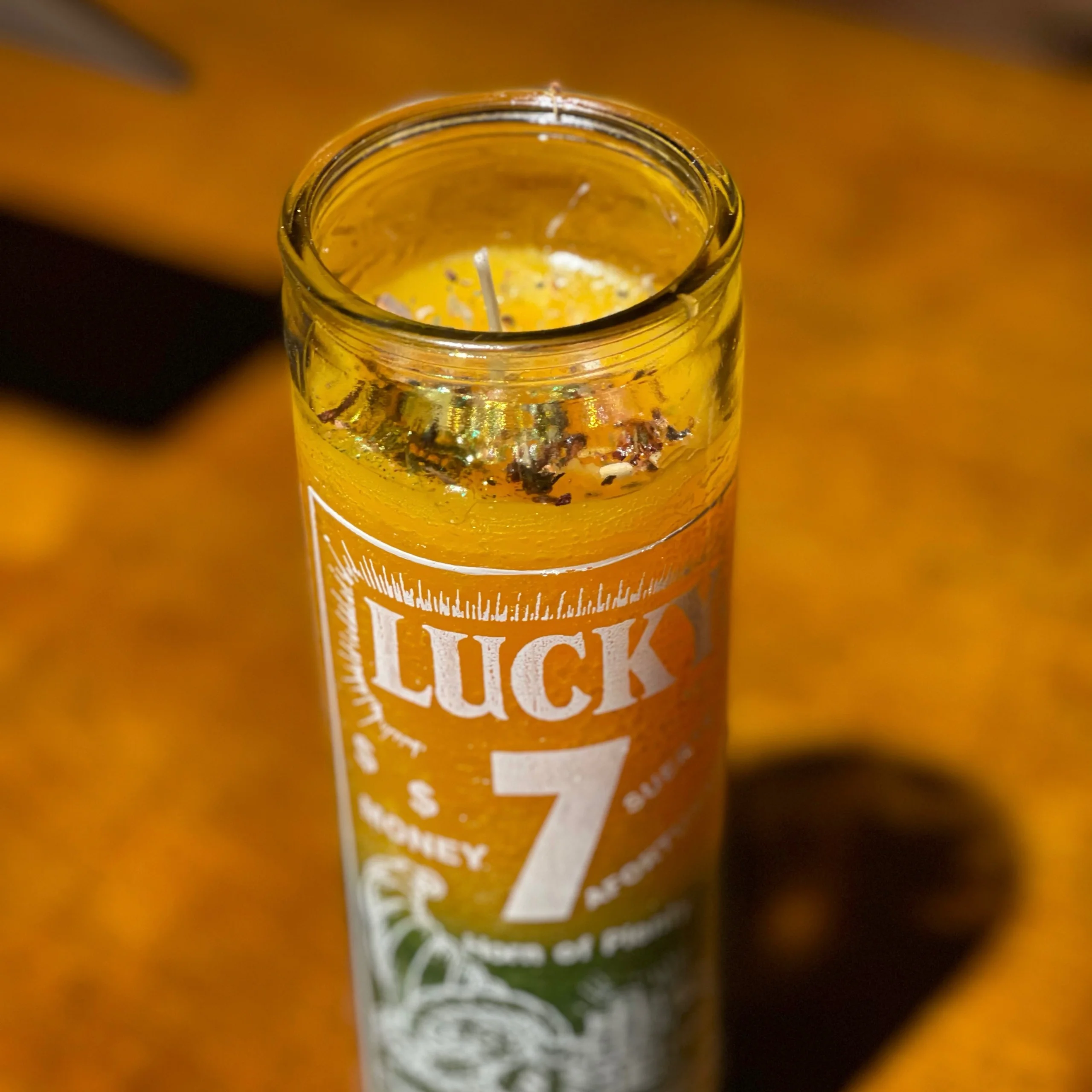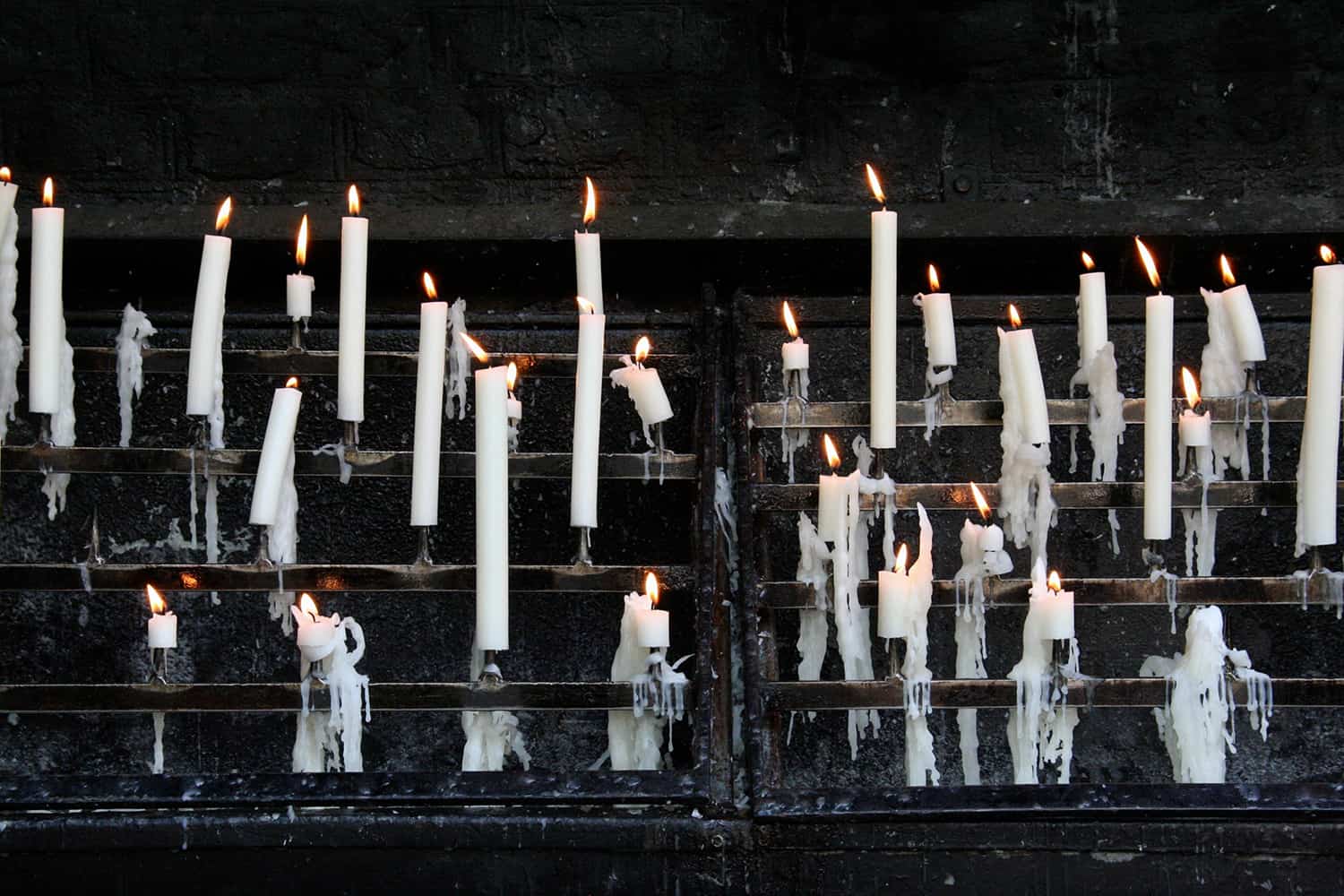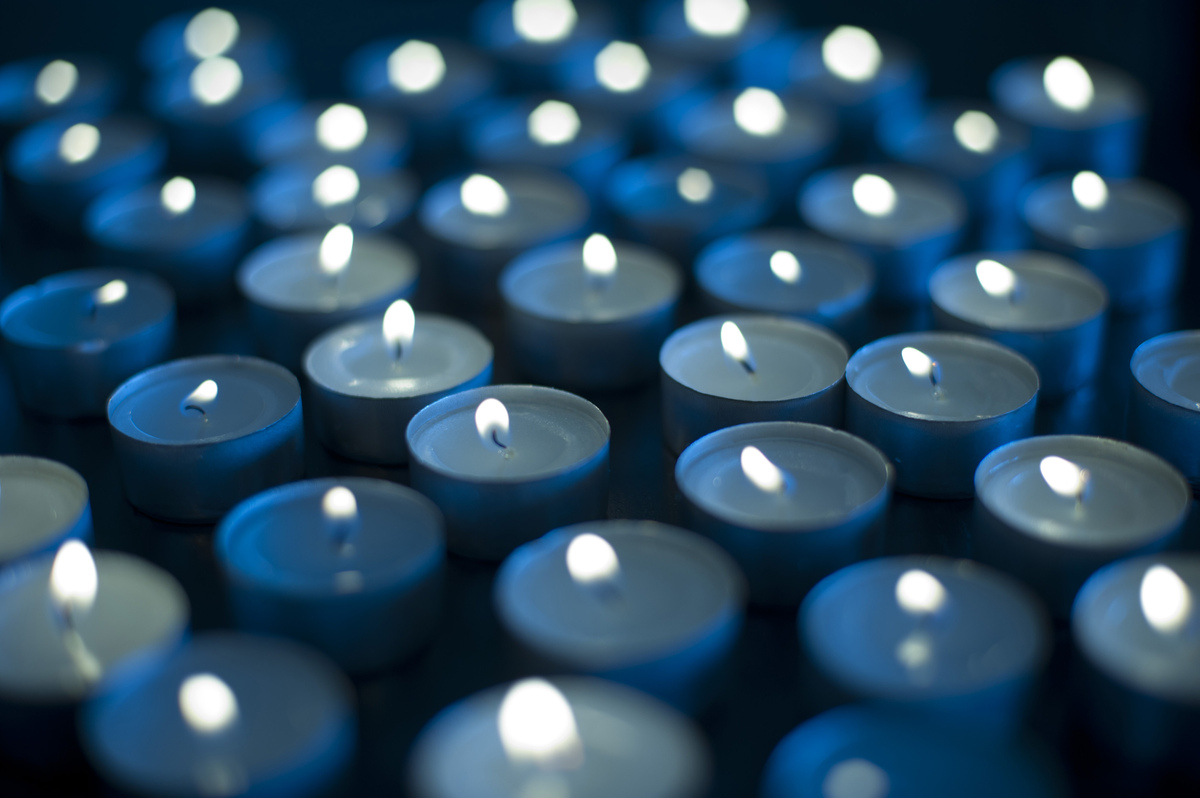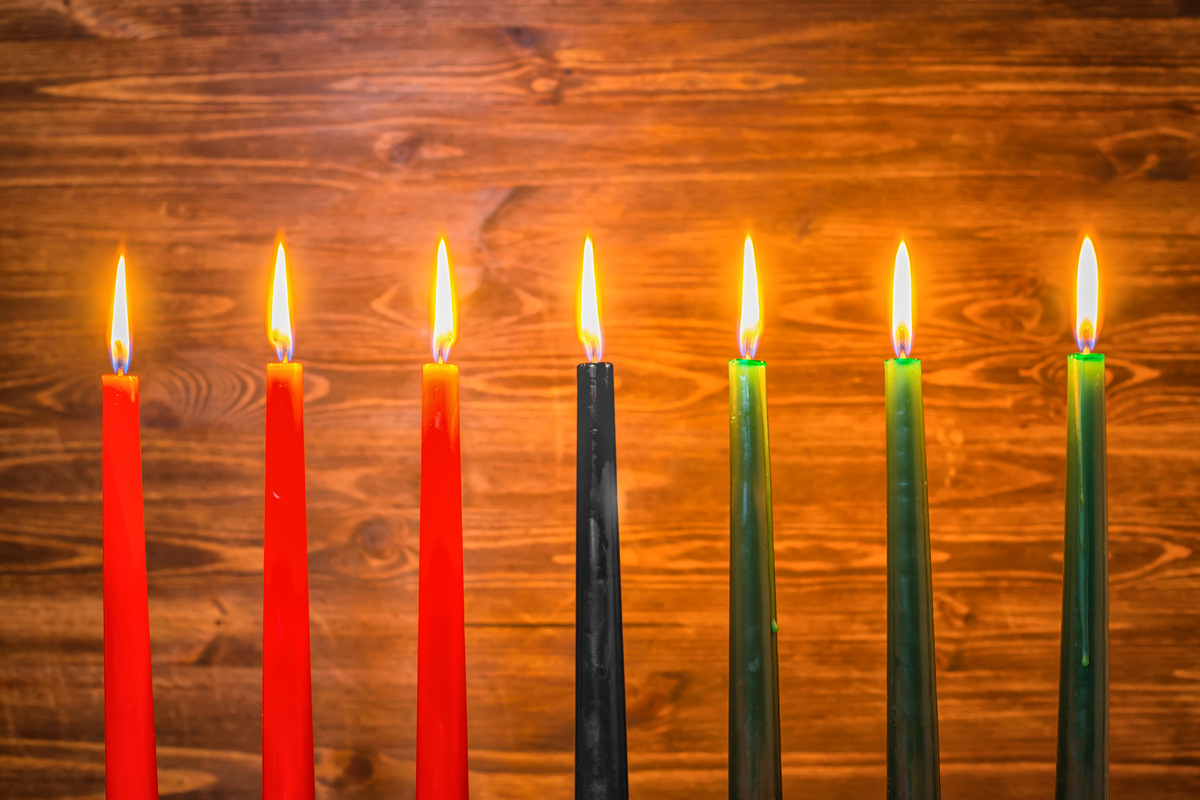

Articles
What Do The 7 Candles Of Kwanzaa Represent?
Modified: March 2, 2024
Discover the significance of the 7 candles of Kwanzaa in this informative article. Understand the deeper meanings behind each candle and how they contribute to the celebration.
(Many of the links in this article redirect to a specific reviewed product. Your purchase of these products through affiliate links helps to generate commission for Storables.com, at no extra cost. Learn more)
Introduction
Kwanzaa is a joyous and meaningful holiday celebrated by millions of African Americans and people of African descent around the world. Held from December 26th to January 1st each year, Kwanzaa is a week-long celebration that honors African heritage, culture, and community. One of the most visually striking elements of Kwanzaa is the lighting of seven candles, each representing a specific principle and value.
The seven candles of Kwanzaa are lit on a kinara, which is a special candleholder designed to hold the seven candles. As each candle is lit, it symbolizes the significance of the principle it represents and serves as a reminder of the values that Kwanzaa seeks to promote. These candles, along with other Kwanzaa decorations and rituals, play a vital role in creating a vibrant and festive atmosphere throughout the celebration.
In this article, we will explore the meaning and representation of each of the seven candles of Kwanzaa, shedding light on the principles they stand for and why they are an essential part of this cultural celebration. Through understanding the symbolism behind each candle, we can gain a deeper appreciation for the values that Kwanzaa aims to foster.
Key Takeaways:
- Embrace the principles of unity, self-determination, and collective responsibility symbolized by the seven candles of Kwanzaa to foster empowerment, solidarity, and positive change within communities.
- The lighting of the seven candles during Kwanzaa serves as a powerful reminder to honor cultural heritage, pursue purpose, and celebrate creativity while fostering unity, resilience, and faith in creating a brighter future.
Read more: What Do Orange Candles Represent
Unity Candle – Representation and Meaning
The first candle lit during the Kwanzaa celebration is the Unity candle. It is placed in the center of the kinara and represents the first principle of Kwanzaa: Umoja, which means unity in Swahili.
The Unity candle is a symbol of bringing people together and emphasizing the importance of unity within the community. It serves as a reminder that a strong and united community is the foundation for progress, cooperation, and collective success.
During the lighting of the Unity candle, the principle of Umoja is emphasized. It encourages individuals to set aside their differences and work towards common goals to build a harmonious and prosperous community.
This candle serves as a call to action, urging individuals to come together, support one another, and strengthen the bonds within the community. By embracing Umoja, the Unity candle becomes a beacon of hope and inspiration, fostering a spirit of inclusivity, collaboration, and solidarity.
As the Unity candle burns brightly throughout the Kwanzaa celebration, it serves as a reminder of the power that lies in unity. It encourages individuals to stand together, to fight against oppression and injustice, and to work towards the betterment of their community as a whole.
In summary, the Unity candle represents the principle of Umoja and embodies the spirit of unity within the community. It serves as a reminder to individuals that by coming together, they can create positive change and build a stronger, more vibrant community.
Self-determination Candle – Symbolism and Significance
The second candle lit during the Kwanzaa celebration is the Self-determination candle. Representing the principle of Kujichagulia, which means self-determination in Swahili, this candle holds great symbolism and significance.
The Self-determination candle represents the idea of defining ourselves, naming ourselves, and speaking for ourselves. It encourages individuals to have agency over their own lives and to make decisions that align with their values and aspirations.
By lighting the Self-determination candle, Kwanzaa emphasizes the importance of self-empowerment and self-reliance. It serves as a reminder that individuals have the power to shape their own destinies and to overcome any obstacles they may face.
This candle symbolizes the rejection of imposed identities and the reclaiming of one’s own cultural heritage. It encourages individuals to embrace their roots, affirm their unique identities, and be proud of who they are.
The Self-determination candle also highlights the importance of setting personal goals and striving for excellence. It serves as a reminder that through determination and hard work, individuals can achieve their aspirations and make a positive impact in their communities.
Throughout the Kwanzaa celebration, the Self-determination candle burns brightly, reminding individuals of their inherent strength and the importance of self-empowerment. It encourages them to take charge of their lives, make choices that align with their values, and work towards creating a better future.
By embracing the principle of Kujichagulia and lighting the Self-determination candle, Kwanzaa celebrates the power of self-definition and encourages individuals to be the authors of their own stories, shaping their destinies with determination and resilience.
In summary, the Self-determination candle symbolizes the principle of Kujichagulia and signifies the importance of self-empowerment, self-reliance, and embracing one’s cultural identity. It serves as a constant reminder for individuals to take control of their lives, set meaningful goals, and work towards a brighter future.
Collective Work and Responsibility Candle – Explanation and Interpretation
The third candle lit during the Kwanzaa celebration is the Collective Work and Responsibility candle. This candle represents the principle of Ujima, which means collective work and responsibility in Swahili. It holds deep meaning and serves as a reminder of the importance of community and collaboration.
The lighting of the Collective Work and Responsibility candle emphasizes the significance of working together towards common goals for the betterment of the community. It encourages individuals to actively contribute to the well-being and progress of the community as a whole.
This candle symbolizes the idea that the strength of a community lies in the collective efforts of its members. It promotes the idea of inclusivity, cooperation, and sharing of resources, talents, and skills.
By lighting the Collective Work and Responsibility candle, Kwanzaa encourages individuals to recognize their role in creating positive change. It serves as a reminder that each individual has a responsibility to contribute towards the upliftment and improvement of the community.
This candle also highlights the importance of addressing the needs and concerns of others within the community. It promotes a sense of empathy and encourages individuals to support one another, particularly those who may be facing challenges or hardships.
Throughout the Kwanzaa celebration, the Collective Work and Responsibility candle serves as a visual representation of the principle of Ujima. It reminds individuals of the power of collective action and the impact that can be made when everyone works together towards a common purpose.
By embracing the principle of Ujima and lighting the Collective Work and Responsibility candle, Kwanzaa celebrates the spirit of community and emphasizes the shared responsibility of all individuals to uplift and support each other.
In summary, the Collective Work and Responsibility candle represents the principle of Ujima and signifies the importance of collaboration, community engagement, and shared responsibility. It serves as a reminder for individuals to actively contribute to the well-being and progress of the community, fostering a sense of unity and empowerment.
Cooperative Economics Candle – Significance and Representation
The fourth candle lit during the Kwanzaa celebration is the Cooperative Economics candle. This candle represents the principle of Ujamaa, which means cooperative economics in Swahili. It holds great significance and serves as a reminder of the importance of economic cooperation and community building.
The lighting of the Cooperative Economics candle emphasizes the idea of collective economic strength and the power of communal prosperity. It encourages individuals to support and uplift one another economically, fostering a sense of economic empowerment within the community.
This candle symbolizes the concept of cooperative economics, where individuals come together to create and maintain businesses that benefit the community as a whole. It promotes the idea of sharing resources, supporting local businesses, and investing in the economic development of the community.
By lighting the Cooperative Economics candle, Kwanzaa encourages individuals to prioritize economic self-sufficiency and interdependence. It serves as a reminder that economic success is not just an individual pursuit but a collective responsibility to create sustainable and thriving communities.
This candle also highlights the importance of fair and equitable distribution of resources and wealth within the community. It promotes economic practices that prioritize the well-being of all individuals, minimizing economic disparities and ensuring that everyone has access to opportunities and resources.
Throughout the Kwanzaa celebration, the Cooperative Economics candle serves as a visual representation of the principle of Ujamaa. It reminds individuals of the power of economic unity and the benefits that can be achieved when the community works together to build and sustain its economic infrastructure.
By embracing the principle of Ujamaa and lighting the Cooperative Economics candle, Kwanzaa celebrates the spirit of economic cooperation, self-sufficiency, and community building. It encourages individuals to support local businesses, invest in the economic development of their community, and foster economic empowerment for all.
In summary, the Cooperative Economics candle represents the principle of Ujamaa and signifies the importance of economic cooperation, self-sufficiency, and community building. It serves as a reminder for individuals to prioritize economic unity and to work together towards creating prosperous and sustainable communities.
The 7 candles of Kwanzaa represent the 7 principles of the holiday: Umoja (unity), Kujichagulia (self-determination), Ujima (collective work and responsibility), Ujamaa (cooperative economics), Nia (purpose), Kuumba (creativity), and Imani (faith).
Read more: What Do The 4 Advent Candles Represent
Purpose Candle – Meaning and Symbolism
The fifth candle lit during the Kwanzaa celebration is the Purpose candle. This candle represents the principle of Nia, which means purpose in Swahili. It holds deep meaning and serves as a reminder of the importance of having a clear sense of purpose in life.
The lighting of the Purpose candle emphasizes the significance of setting meaningful goals and working towards fulfilling one’s purpose. It encourages individuals to live with intention and to make choices that align with their values and passions.
This candle symbolizes the idea of self-reflection and self-determination. It prompts individuals to ask themselves, “What is my purpose? What legacy do I want to leave behind?” It serves as a reminder to live a life of meaning and to make a positive impact in the world.
By lighting the Purpose candle, Kwanzaa encourages individuals to define their own path and to pursue their aspirations with determination. It serves as a reminder that each person has unique talents and gifts to offer, and it is essential to utilize them for the betterment of oneself and the community.
This candle also highlights the importance of fostering a sense of purpose within the community. It encourages individuals to support and uplift one another in their pursuit of purpose, creating a collective environment that values and nurtures personal growth and development.
Throughout the Kwanzaa celebration, the Purpose candle serves as a visual representation of the principle of Nia. It reminds individuals to reflect on their goals, passions, and contributions and to take action towards fulfilling their purpose.
By embracing the principle of Nia and lighting the Purpose candle, Kwanzaa celebrates the power of intentionality, self-reflection, and personal growth. It encourages individuals to live with purpose, to make choices that align with their values, and to strive for personal excellence.
In summary, the Purpose candle represents the principle of Nia and symbolizes the importance of living with intention, self-reflection, and pursuing one’s purpose in life. It serves as a reminder for individuals to define their aspirations, align their actions with their values, and strive to make a positive impact in the world.
Creativity Candle – Interpretation and Significance
The sixth candle lit during the Kwanzaa celebration is the Creativity candle. It represents the principle of Kuumba, meaning creativity in Swahili. This candle holds great interpretation and serves as a reminder of the importance of embracing creativity in all aspects of life.
Lighting the Creativity candle emphasizes the significance of self-expression, innovation, and imagination. It encourages individuals to tap into their creative potential and bring forth their unique talents and ideas for the betterment of themselves and their community.
This candle symbolizes the power of art, music, dance, storytelling, and all forms of creative expression. It reminds individuals that creativity has the ability to inspire, uplift, and bring joy to their lives and those around them.
By lighting the Creativity candle, Kwanzaa celebrates the diverse forms of artistic expression within the African diaspora and encourages individuals to honor and showcase their cultural heritage through creative outlets.
This candle also highlights the importance of using creativity to address social issues and promote positive change. It serves as a reminder that through artistic expression, individuals can raise awareness, ignite conversations, and create a platform for addressing important societal challenges.
Throughout the Kwanzaa celebration, the Creativity candle serves as a visual representation of the principle of Kuumba. It reminds individuals to nurture and celebrate their creativity, to seek inspiration from their cultural traditions, and to express themselves authentically.
By embracing the principle of Kuumba and lighting the Creativity candle, Kwanzaa encourages individuals to tap into their creative potential, explore new ideas, and make a positive impact through artistic expression.
In summary, the Creativity candle represents the principle of Kuumba and signifies the importance of embracing creativity, self-expression, and innovative thinking. It serves as a reminder for individuals to celebrate their cultural heritage, to use creativity as a tool for social change, and to bring forth their unique talents and ideas for the betterment of themselves and their community.
Faith Candle – Symbolism and Representation
The seventh and final candle lit during the Kwanzaa celebration is the Faith candle. It represents the principle of Imani, meaning faith in Swahili. This candle holds deep symbolism and serves as a reminder of the importance of having faith in oneself, in others, and in a higher power.
The lighting of the Faith candle emphasizes the significance of trust, belief, and conviction. It encourages individuals to have faith in their abilities, in the goodness of humanity, and in the divine forces that guide and protect them.
This candle symbolizes the enduring power of hope and resilience. It serves as a reminder to never give up, even in the face of challenges and adversity. It encourages individuals to hold onto their beliefs and to trust in the journey they are on.
By lighting the Faith candle, Kwanzaa celebrates the importance of spiritual and moral grounding. It recognizes the role that faith plays in guiding individuals towards living a life of purpose, integrity, and compassion.
This candle also highlights the need for solidarity and support within the community. It encourages individuals to have faith in one another, to uplift and inspire each other, and to work together towards a common goal.
Throughout the Kwanzaa celebration, the Faith candle serves as a visual representation of the principle of Imani. It reminds individuals to hold onto their beliefs, to trust in their abilities, and to have faith in the greater purpose of their lives.
By embracing the principle of Imani and lighting the Faith candle, Kwanzaa celebrates the power of faith, hope, and resilience. It encourages individuals to cultivate a strong spiritual foundation, to trust in themselves and in the goodness of others, and to live their lives with unwavering belief and conviction.
In summary, the Faith candle represents the principle of Imani and symbolizes the importance of trust, belief, and conviction. It serves as a reminder for individuals to have faith in themselves, in others, and in a higher power. It encourages them to hold onto their beliefs, to trust in the journey they are on, and to support one another in creating a better future.
Conclusion
Kwanzaa, with its beautiful traditions and principles, provides a meaningful and enriching celebration that honors African heritage, culture, and community. The lighting of the seven candles throughout the Kwanzaa celebration serves as a powerful visual representation of the principles and values that this holiday promotes.
From the Unity candle to the Faith candle, each candle holds its own significance and symbolism. The Unity candle reminds us of the importance of coming together as a community, while the Self-determination candle emphasizes the power of defining ourselves and pursuing our dreams.
The Collective Work and Responsibility candle encourages us to actively contribute towards the well-being of our community, and the Cooperative Economics candle reminds us to support local businesses and foster economic empowerment for all.
The Purpose candle encourages us to live with intention and pursue our unique goals, while the Creativity candle celebrates the power of artistic expression and its transformative impact. Finally, the Faith candle reminds us to have trust, belief, and resilience in ourselves and in the journey we are on.
By embracing these principles and lighting the corresponding candles, Kwanzaa invites us to reflect on our values, to honor our cultural heritage, and to actively contribute to the betterment of our communities.
As we celebrate Kwanzaa and light the candles, let us remember the importance of unity, self-determination, collective responsibility, economic cooperation, purpose, creativity, and faith. Let these principles guide our actions not only during the holiday season but throughout the year.
May the symbolism and significance of the seven candles of Kwanzaa inspire us to be agents of positive change, fostering unity, empowerment, and progress within ourselves and our communities. Through embracing these principles, we can create a brighter future and honor the rich heritage that Kwanzaa represents.
As the Kwanzaa celebration comes to a close, let us carry the spirit of these candles in our hearts, embracing the values they represent, and continuing to uplift and support one another in the pursuit of a more just, inclusive, and thriving world.
Happy Kwanzaa!
Frequently Asked Questions about What Do The 7 Candles Of Kwanzaa Represent?
Was this page helpful?
At Storables.com, we guarantee accurate and reliable information. Our content, validated by Expert Board Contributors, is crafted following stringent Editorial Policies. We're committed to providing you with well-researched, expert-backed insights for all your informational needs.
